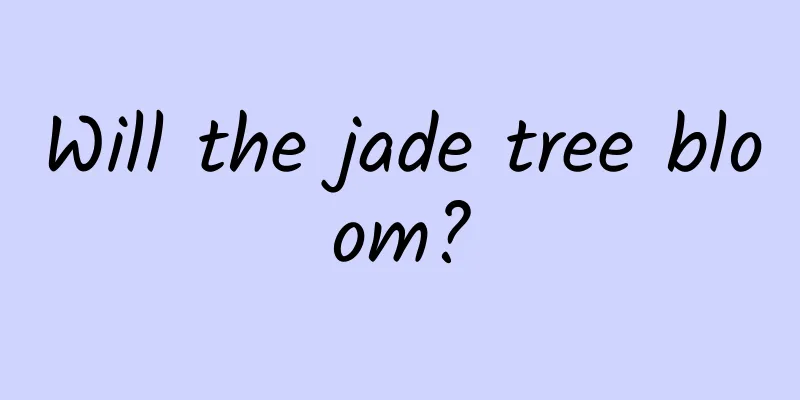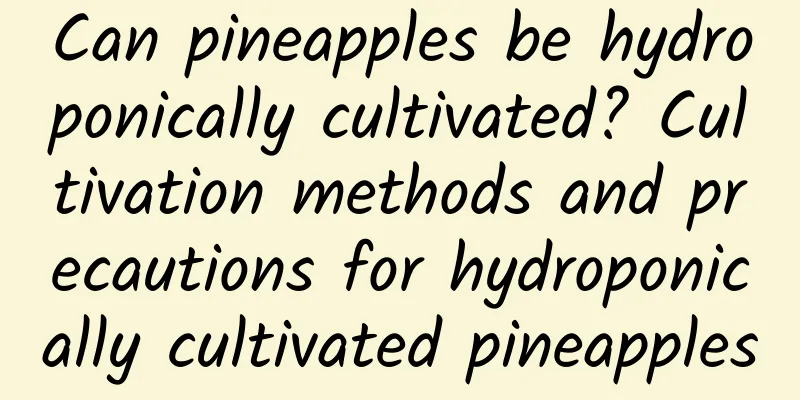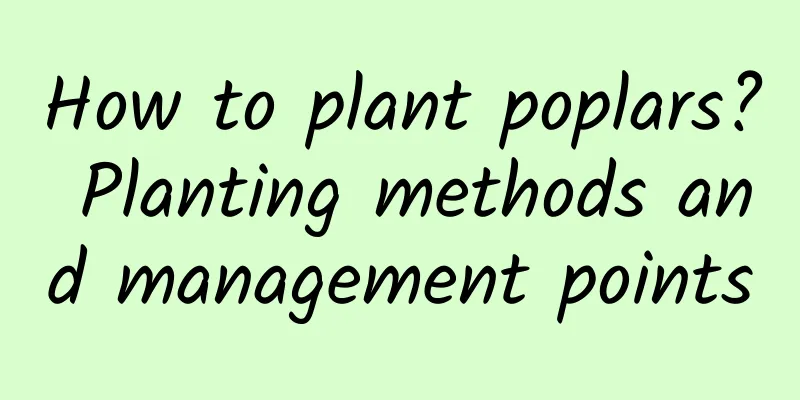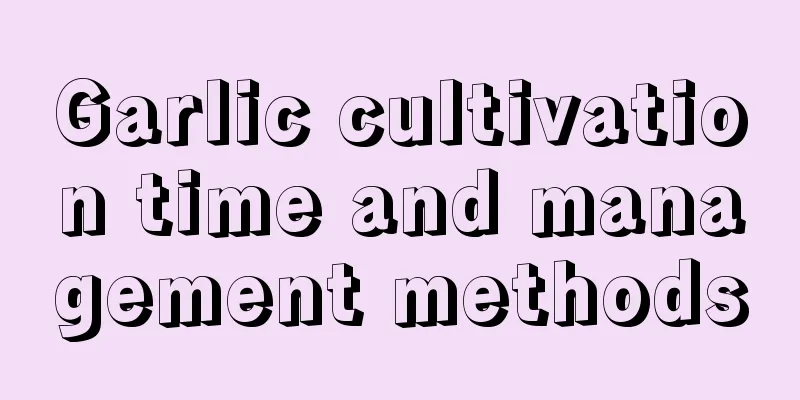How to use potassium dihydrogen phosphate to make flowers grow well (how to fertilize flowers at home)
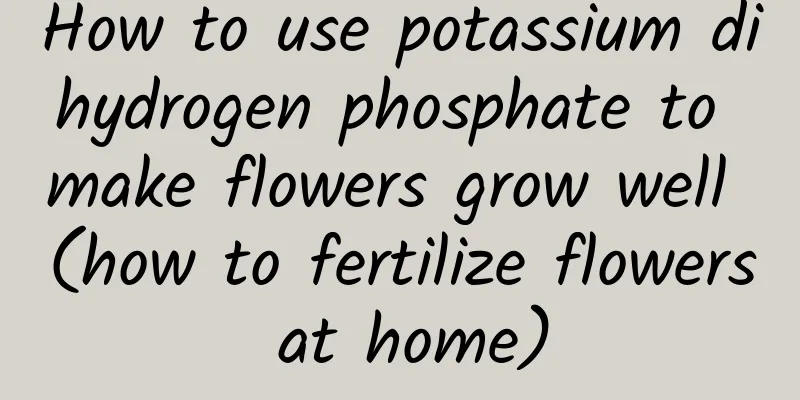
|
Potassium dihydrogen phosphate is a phosphorus-potassium binary compound fertilizer, which is mainly used to supplement phosphorus and potassium elements. Potassium dihydrogen phosphate is more commonly used in flower cultivation, but potassium dihydrogen phosphate should not be used indiscriminately. When using it, you should pay attention to the time of use, method of use, concentration, etc., which are explained in detail below. 1. Usage time of potassium dihydrogen phosphatePotassium dihydrogen phosphate contains 52% phosphorus and 34% potassium, and its main use is to supplement phosphorus and potassium fertilizers. The three elements that plants need the most for nutrients are nitrogen, phosphorus and potassium, and the needs for nitrogen, phosphorus and potassium are different at different growth stages. In simple terms, plants need more nitrogen during the growth stage of branches and leaves, and more phosphorus and potassium during the flowering stage. Therefore, potassium dihydrogen phosphate is generally used in the bud and flowering stages of plants. 2. Usage of potassium dihydrogen phosphateThere are two ways to use potassium dihydrogen phosphate, one is direct root irrigation, the other is foliar fertilizer. From the perspective of plant absorption efficiency, foliar spraying is the best, and root irrigation will cause a waste of some fertilizer. Another factor to consider when using it is that potassium dihydrogen phosphate is generally used during the flowering period. Therefore, for some plants after flowering, direct foliar fertilization will inevitably spray onto the flowers, causing them to rot. Therefore, if you want to add fertilizer after flowering, you can use root irrigation. 3. Use concentration of potassium dihydrogen phosphateThe concentration of potassium dihydrogen phosphate must be paid great attention to. It must not be too high. Generally, as a foliar fertilizer, the concentration can be controlled at 0.2-0.3%. As a root irrigation, the concentration can be slightly higher, but not more than 0.5%. 4. Do not use potassium dihydrogen phosphate alonePotassium dihydrogen phosphate is just a binary compound fertilizer of phosphorus and potassium, which can only provide phosphorus and potassium elements, but not other elements. Plant growth requires not only phosphorus and potassium, but also nitrogen fertilizer and some trace elements. Therefore, potassium dihydrogen phosphate cannot be used alone to fertilize flowers. Potassium dihydrogen phosphate only supplements the deficiency of phosphorus and potassium before and after the flowering period. Other types of fertilizers should also be used regularly. |
<<: When and how to repot roses (when to repot newly bought roses)
Recommend
What flowers can be sown in winter?
1. Tulip It is a flower with good cold resistance...
Endless Summer cultivation methods and precautions
1. Maintenance methods 1. Temperature: The most s...
Planting Method and Cultivation Technology of Bupleurum
Bupleurum usually grows in mountainous and hilly ...
How to shape the Jade Leaf Bonsai beautifully (How to prune the Jade Leaf seedlings to be the most beautiful)
First, the branch shaping method of Jade Leaves: ...
How to breed white snow ray
1. Maintenance methods 1. Temperature: It likes a...
Dahlia cultivation tips
Dahlia, a perennial herb belonging to the Asterac...
The best time to prune elm bonsai
Pruning time for elm bonsai The elm bonsai can be...
How to grow ivy quickly
1. Soil and repotting If you want the plants to g...
Can I grow roses at home?
Can I grow roses at home? Roses can be grown at h...
Grapefruit seed germination conditions and planting requirements
1. Seed germination conditions If you want the gr...
Can sawdust be used as fertilizer?
Sawdust as fertilizer Sawdust can be used as fert...
Freesia cultivation methods and precautions
soil Freesia prefers loose, water-retaining and w...
What soil is used for growing cymbidium orchids?
Soil selection principles for Cymbidium When grow...
Does the plum tree in the courtyard affect feng shui?
Some sayings about plum feng shui In fact, the ed...
Does Tiger Piranha absorb formaldehyde?
1. Reasons Tiger Piranha can purify the air. Its ...

